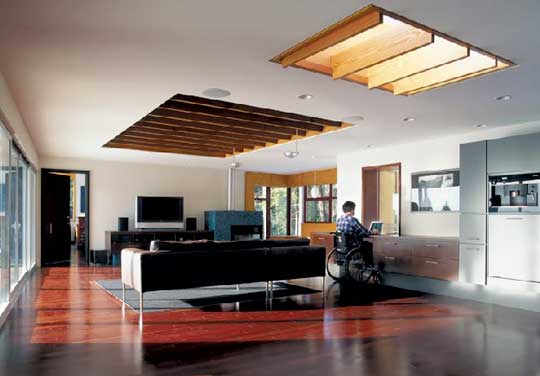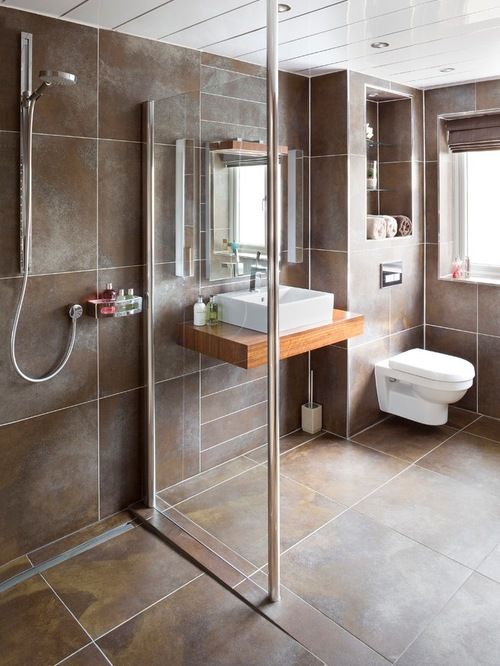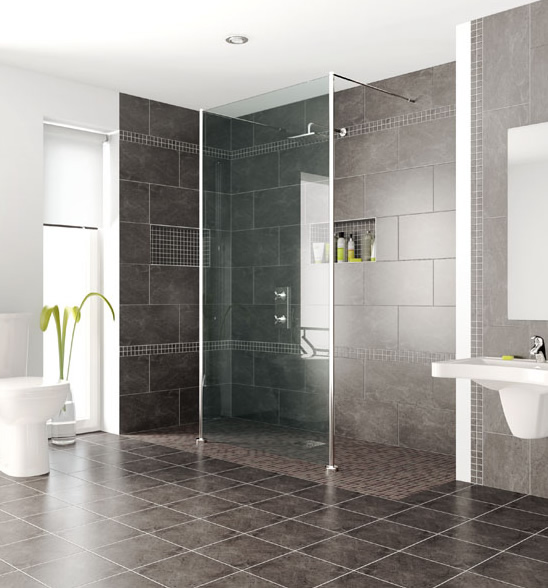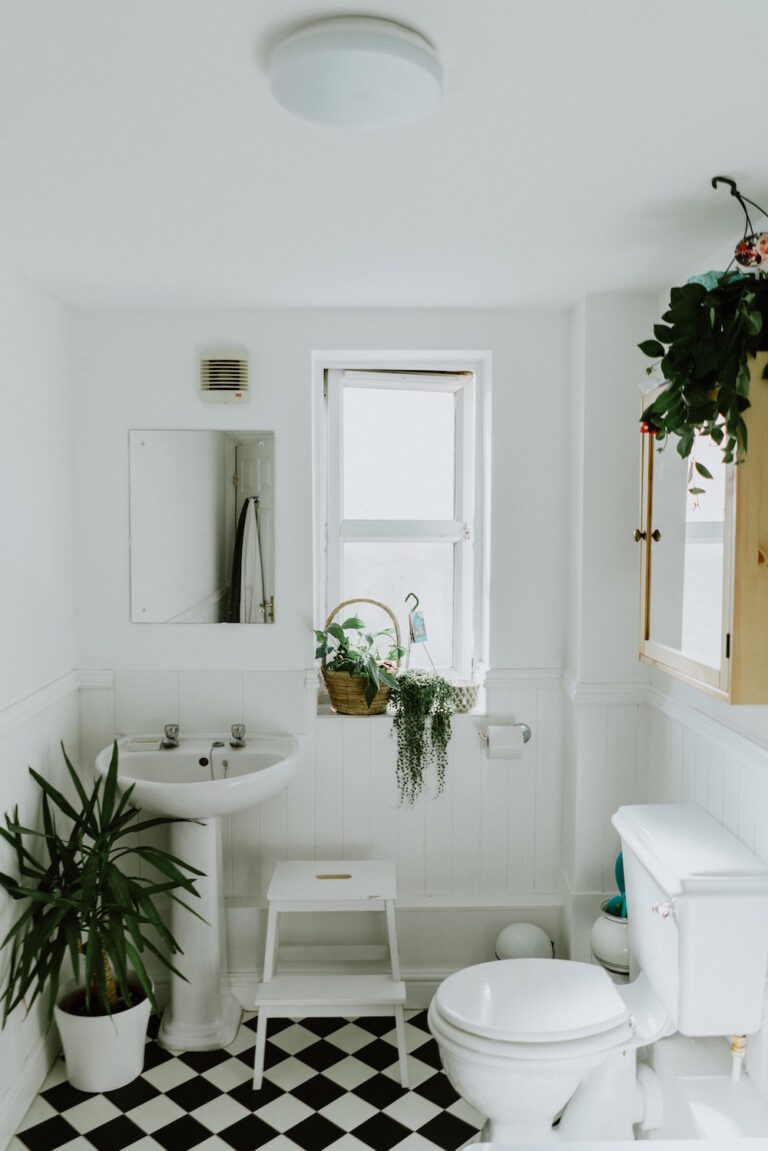How to Adapt your Home for Disabled Living While Keeping Design in Mind
These days, it’s easy to adapt the home for disabled living. Technology has come a long way over the past decade, providing so many useful and invaluable adaptations to promote independent living. However, trying to adapt the home while still maintaining a stylish look isn’t easy.
If you’re looking to adapt the home while keeping design in mind, below you’ll discover some of the best ways to do it.
Figuring out which adaptations you need
The first thing you’ll need to do is figure out which adaptations your home needs. Citizen’s Advice provides a pretty extensive list of the adaptations you might want to consider, along with the top things to consider when adapting the home.
The most common adaptations include basic things such as grab rails and widening passageways and doorways for wheelchair access. You may also need ramps and lowered facilities in the bathroom and bedroom. Once you know exactly what you need, you can then work out how to achieve it in a stylish, affordable way.
How to maintain a sense of style
So, how exactly can you adapt the home in a stylish way? Well, it starts with investing in high-quality, stylish adaptations. You’ll find companies such as Mobility Solutions offer modern, stylish looking adaptations for in and out of the home. So, once installed, they’ll automatically help you maintain a sense of style.
You can also focus on making the adaptations a feature. Highlight them with stylish details such as placing dark coloured fittings alongside the grab rail. If you’re updating the bathroom, think about adding stone or marble walls for a sophisticated, high-end look. This will take the attention away from some of the more clinical looking adaptations.
Avoiding the clinical look
One of the main issues you’ll have when trying to adapt the home in a stylish way, is finding the funding to make stylish alterations. Local councils do provide funding for necessary adaptations. However, the money offered is typically only enough for very basic adaptations. They aren’t exactly stylish and can leave the home looking clinical and unattractive.
One of the best ways to avoid this is to make up the difference by paying some of your own money on top of the funding you receive. This will allow you to make much more stylish choices, benefitting from attractive looking adaptations.
Overall, adapting the home for disabled living is easy, but doing it in a stylish way isn’t. The advice above will help you to maintain a sense of style while also promoting independent living. Remember to check with your local council to see how much they’re willing to pay to fund the necessary adaptations.











